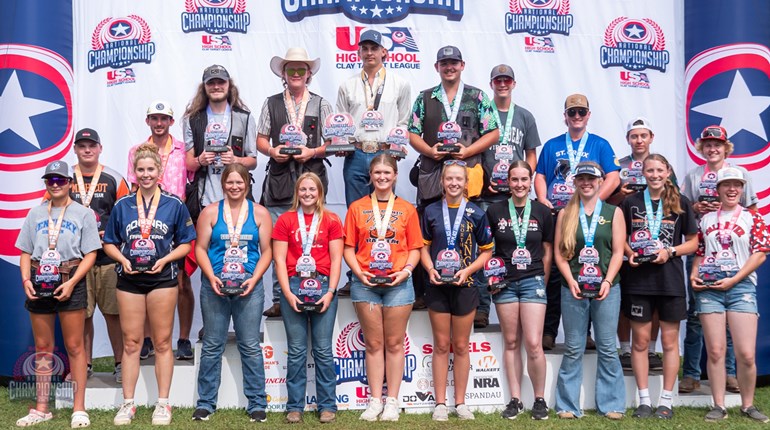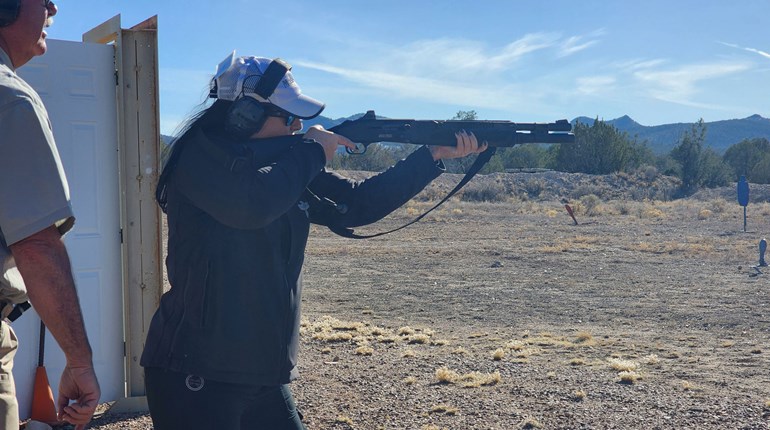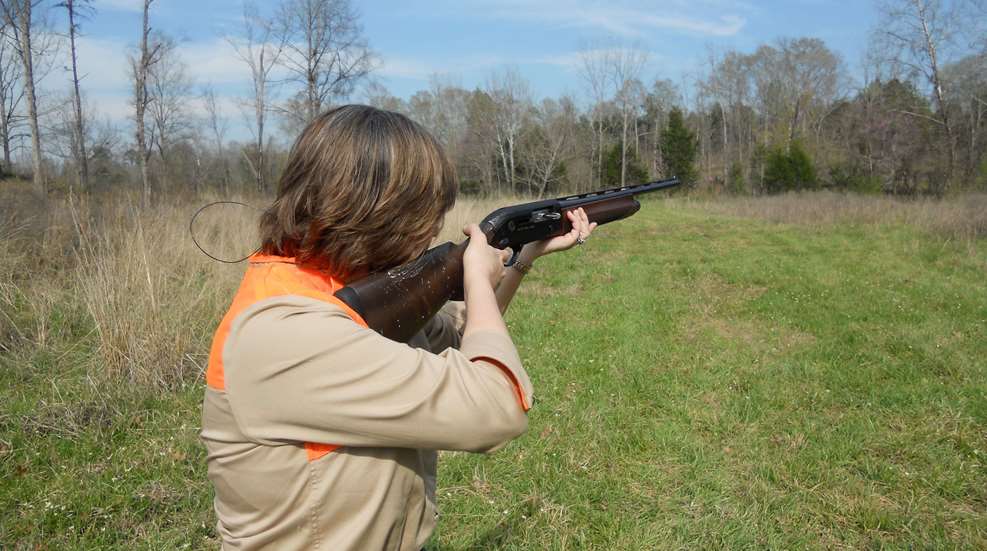
You need to make two major decisions before you begin narrowing down your choices. The first and most important is what will you primarily use the gun for? Shotguns are exceptionally versatile, and you can absolutely use the same gun for everything from turkey hunting to skeet shooting to home defense. That said, certain features and characteristics lend themselves well to specific uses, so take some time to consider what the most common use of this gun is likely to be. Then you can focus on the right features and decide what you can compromise on, if anything, in order to get multiple uses out of it.
The second decision is about your budget. Brand-new shotguns can be had for as little as a couple hundred dollars up into the $20,000 range and higher. Most of us are going to fall into the lower end of that spectrum, of course, and you can get an excellent shotgun at almost any price point—so don’t feel pressured to spend more than you’re comfortable with.
When you start considering what gun is right for you, here are the factors you’ll want to consider—in this order.
1. What Action Do You Want?
Shotguns come in pump-, semi-auto, and break-actions. Over-unders and side-by-sides are break-action guns, and they are most popular among clay target shooters and upland bird hunters. These guns have two barrels, which makes them relatively heavy—a positive thing when swinging on a moving target—and allows you to use two different choke tubes. Base-model O/Us and side-by-sides start around $1,500 and go up into the stratosphere depending on the level of fancy wood and engraving you want.
Semi-automatic actions are popular for hunting, 3-gun competitions, clay target sports and home defense. A semi-automatic shotgun chambers the next shell after the first shell is fired, so you can just keep pulling the trigger and keep shooting without having to work the action manually. These guns are lighter-recoiling than pumps or break-action guns but are more finicky about operating when they get dirty, and cleaning takes a little more effort. Semi-automatics start in the $600 range and go up to around the $2,000 mark.
Pump-action shotguns are dead reliable—they require you to manually chamber the next shell after each shot. You do this by pumping the fore-end back and then front again, producing that familiar “shick-shick” sound. They’re simple to operate and beloved by hunters and anyone interested in home defense. You can get a reliable pump-action shotgun for as little as $150 brand-new, and the top models don’t get much more expensive than $1,000, with a few exceptions.
Pumps and semis hold four or five shells—more if you upgrade to an extended magazine, popular among 3-gunners and snow goose hunters; fewer if you are hunting migratory birds and have to plug the magazine in order to comply with the three-shell legal limit.
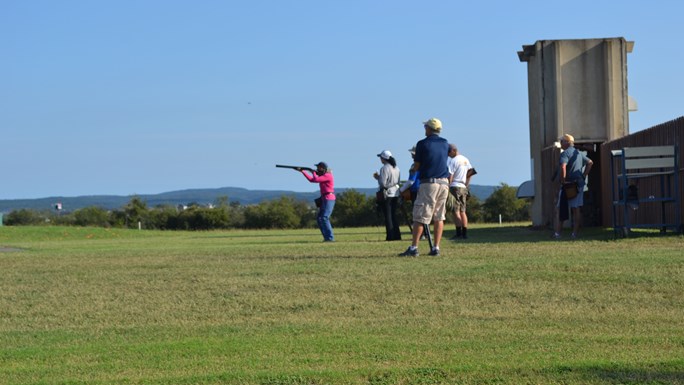
2. What Gauge Do You Need?
The 12-gauge reigns supreme as the king of shotguns. It’s by far the most popular and easiest to find ammunition for, and it will handle anything that flies. Some goose and turkey hunters like the bigger 10 gauge, while others consider it overkill. Going down in size from 10 and 12, the next you’ll run into is the rare and almost-defunct 16 gauge, then the very popular and capable 20 gauge, followed by the elegant 28 and the dainty .410.
The 28-gauge is almost exclusively in the realm of clay target shooters (particularly skeet) and upland bird hunters these days. The .410 is having somewhat of a resurgence in popularity, and it’s suitable for skeet and small game as well as smaller ducks and upland birds. Some manufacturers are even marketing .410 turkey guns now.
But for your first shotgun, a 12 or 20 will do everything you need and will be the easiest to find ammo for. A 20-gauge gun will kick a little less; a 12-gauge gun will give you more pellets in your spread. You really can’t go wrong with either.
3. Finish and Barrel Length
You have a few choices for your gun’s finish: wood, or synthetic options in black, camo or other colors and patterns. Wood is a classic choice. It tends to feel warmer on the face and is undeniably sophisticated, but it scratches easily and can crack, swell or warp if not cared for. Synthetic finishes are more durable, particularly if the barrel and action are treated with an anti-weather coating. You do not need a camouflage gun for hunting, but if you like the look, go for it. You can usually save a little money by opting for a plain black finish rather than camo or a funky pattern.
In general, longer barrels (28, 30 and even 32 or 34 inches) are better for flying targets—clay targets or game birds—because they are heavier and build up more momentum, which encourages a smooth swing and follow-through. Shorter barrels (18 inches is the legal minimum) are more maneuverable in tight quarters, which makes a short barrel ideal for home defense shotguns. Turkey hunters often prefer a shorter barrel, too, because they are usually shooting at a stationary target and are trying to minimize game-spooking movement.
4. A Good Fit
A good fit is more important in shotgunning than it is in any other type of shooting. You can buy a youth model that might be short enough for you, but chances are you’ll still need to have it fitted in order to shoot where you’re looking. A model that comes with shims and/or an adjustable comb will give you more options, or you can try a shotgun made specifically for women.
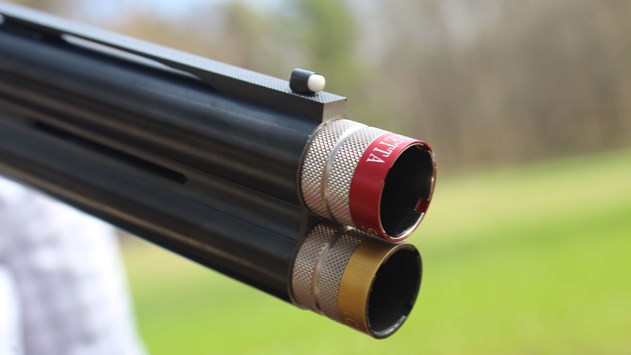
6. Tricking It Out
Depending on your primary use, you might want to add a few accessories or purchase a gun that comes with them:
- Hunters often like a sling to make the shotgun easier to carry on a long hike in and out of the woods.
- Turkey hunters and those using a shotgun for home defense should consider some type of sight—from fiber-optic beads to a red-dot or holographic optic. Contrary to most uses, shotguns are actually aimed in these situations, and an optic will improve accuracy.
- Most shotguns come with a selection of basic choke tubes to control the distribution of the shot pattern. Turkey hunters might want to add a tighter choke (full or extra full), and clay target shooters might be interested in purchasing additional chokes to give them lots of options to cover any target presentation they might encounter.
- Consider purchasing a case if your gun did not come with one. Most over-unders break down into pieces and come with a hard-sided case, but pumps and semis usually do not. An inexpensive soft case will protect your gun in the truck—duck hunters, buy a model that floats! Hard-sided cases are required for air travel, if you plan to fly with your shotgun.
A Word About Do-It-All Shotguns
If you want one shotgun to cover all possible uses, choose a black synthetic semi or pump with medium-length barrels. Beretta’s A300 Outlander Synthetic ($800), Browning’s Silver Field Composite ($1,000), Weatherby’s SA-08 ($500) and others are great, versatile semi-auto options. The Benelli Nova ($500), Winchester SPX Black Shadow ($400), Remington 870 (starting at $300) and others are solid pump options. The Mossberg 500 Flex ($500 for the base model) is worth a serious look in this category, too. It builds on Mossberg’s legendary 500 pump action and allows you to swap out grips, stocks, barrels and more. Not only does this let you get a customized fit, but it also gives you the opportunity to reconfigure the gun at the end of the day to suit a totally different purpose or to fit a different member of the family.
When shopping for your first shotgun, do your research and base your selection on what the gun’s primary use will be. Then hit the field, the range or the competition course and start practicing!












